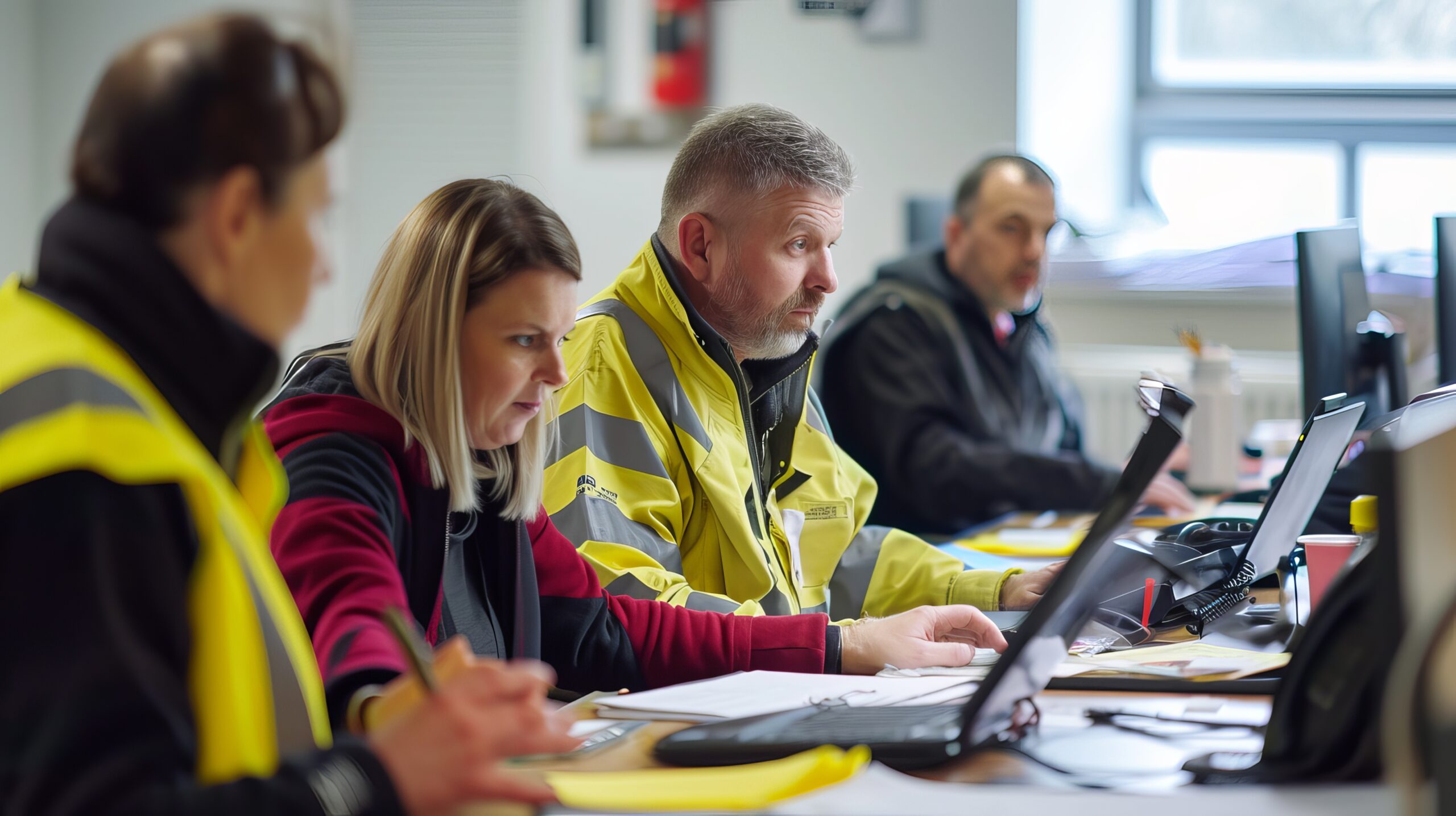The Importance of Crisis Leadership in Security
Security professionals operate in a world where crises can arise at any moment. Whether it’s a physical threat, a natural disaster, or a public disturbance, the ability to lead effectively under pressure is crucial. Crisis leadership isn’t just about reacting to a situation—it’s about maintaining control, making smart decisions, and inspiring confidence in those who depend on you. Having served in both military and law enforcement roles, I have learned firsthand what it takes to stay calm and lead others through high-stress situations.
Staying Calm Under Pressure
The first and most important aspect of crisis leadership is remaining calm. Panic spreads quickly, and when security personnel lose their composure, it can escalate a situation rather than contain it. Training, experience, and mental conditioning all play a role in keeping emotions in check. One of the best ways to prepare for this is through scenario-based training, where security teams practice handling various emergencies under realistic conditions. Repetition builds muscle memory, allowing professionals to respond with confidence rather than hesitation.
Effective Communication in a Crisis
Clear and concise communication is a pillar of crisis leadership. In emergencies, people look to leaders for guidance. Security professionals must be able to relay information quickly and accurately to both their teams and the public. This includes:
- Providing direct instructions without unnecessary details.
- Using calm and authoritative language to prevent panic.
- Ensuring all team members understand their roles and responsibilities.
- Keeping command centers and leadership informed of evolving situations.
The use of communication technology, such as two-way radios or encrypted messaging apps, is also essential for maintaining coordination and ensuring accurate information flow.
Decisive and Adaptable Decision-Making
Security professionals must be capable of making quick, well-informed decisions. Hesitation can lead to confusion or escalation. The key is to rely on training, past experience, and situational awareness to assess risks and determine the best course of action. However, crisis leadership also requires adaptability. No two emergencies are exactly alike, and sometimes the best-laid plans need to be adjusted in real time.
A useful framework for decision-making under pressure is the OODA loop (Observe, Orient, Decide, Act). This approach helps security professionals quickly process information, determine their best response, and take decisive action.
Leading by Example
In high-stress situations, people naturally look to those who appear to have control. Leaders who project confidence, remain composed, and take decisive action set the tone for those around them. This doesn’t mean ignoring fear or stress, but rather managing it effectively. Security professionals who demonstrate courage and professionalism during a crisis earn the trust and respect of their teams and clients.
Building Trust Before a Crisis Occurs
Crisis leadership doesn’t start when an emergency unfolds—it begins long before. Security professionals must establish trust with their teams, clients, and the communities they serve. This includes:
- Training regularly with their team to ensure smooth coordination during crises.
- Maintaining open lines of communication with clients and stakeholders.
- Demonstrating professionalism and reliability in daily operations.
When trust is built in advance, people are more likely to follow leadership directives without hesitation during an emergency.
Learning from Every Crisis
After every crisis, there is an opportunity to learn and improve. Conducting post-incident debriefs allows security teams to analyze what worked well and what could be improved for future responses. Leaders should encourage feedback from their team and be open to refining strategies based on real-world experiences.
Crisis leadership is an essential skill for security professionals. Maintaining control, making decisive decisions, and inspiring confidence can mean the difference between a contained situation and a chaotic one. By staying calm under pressure, communicating effectively, leading by example, and continuously improving, security professionals can ensure they are always prepared to handle emergencies with proficiency.
